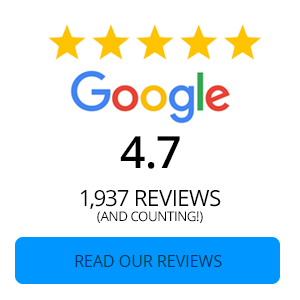When you are looking for a place to stash your savings or in the market for a new loan, you have the choice of working with a traditional bank or working with a credit union. Although banks and credit unions seem to be the same on the surface, deep down, they are quite different. The major differences between banks and credit unions lies in how they are organized, what they offer and who can work with them.
Who Owns It
Banks tend to be owned by shareholders or people who might not actually use the bank as their financial institution day in and day out. In contrast, anyone who is a member of a credit union is also a part owner of the financial institution. Because they are owned by their members, credit unions operate a bit differently from banks.
For one thing, they are usually not-for-profit institutions. Any money the institution earns do not line the pockets of shareholders. Instead, it is returned to the members, in the form of better interest rates or lower fees. Since they are member owned, there is usually a focus on building or helping out the community, through education.
Who Can Join It
Another major difference between credit unions and banks is who is allowed to put their money into the institution or join it. You need to somehow fit into what MyCreditUnion.gov calls a credit union's "field of membership" before you can join. For example, some credit unions are only open to people who work at a particular company. Others are open only to people in a particular club, organization or church. Some have much broader fields of membership and allow anyone who lives in a particular geographic area, such as a city or county, to join.
What Credit Unions Offer
Since credit unions aren't concerned about making shareholders rich or about constantly increasing profits, they typically offer better interest rates to members. The National Credit Union Administration (NCUA) compared rates at banks and at credit unions in December 2015 and found that credit unions had much better interest rates on automobile loans, with a national average of 2.70 percent for a 60-month new car loan, compared to 4.72 percent on the same loan from a bank. Average interest rates for savings accounts, money markets accounts and certificates of deposit were slightly higher at credit unions compared to banks, in December 2015.
What Protection is Available
The money you deposit into a bank is protected by the Federal Deposit Insurance Corporation (FDIC), up to $250,000. That means your money is safe, even if the bank closes or has financial difficulties. Money deposited at credit unions is also protected, up to $250,000, but the organization protecting it is different. The NCUA protects the deposits at federally chartered credit unions, so your money is safe if the institution has any financial difficulties.
If you live in the 10-county region, see the differences between a bank and credit unions for yourself. Check out the products offered by Coosa Valley Credit Union, such as savings accounts, checking accounts and auto loans and compare them to the products offered by area banks.

